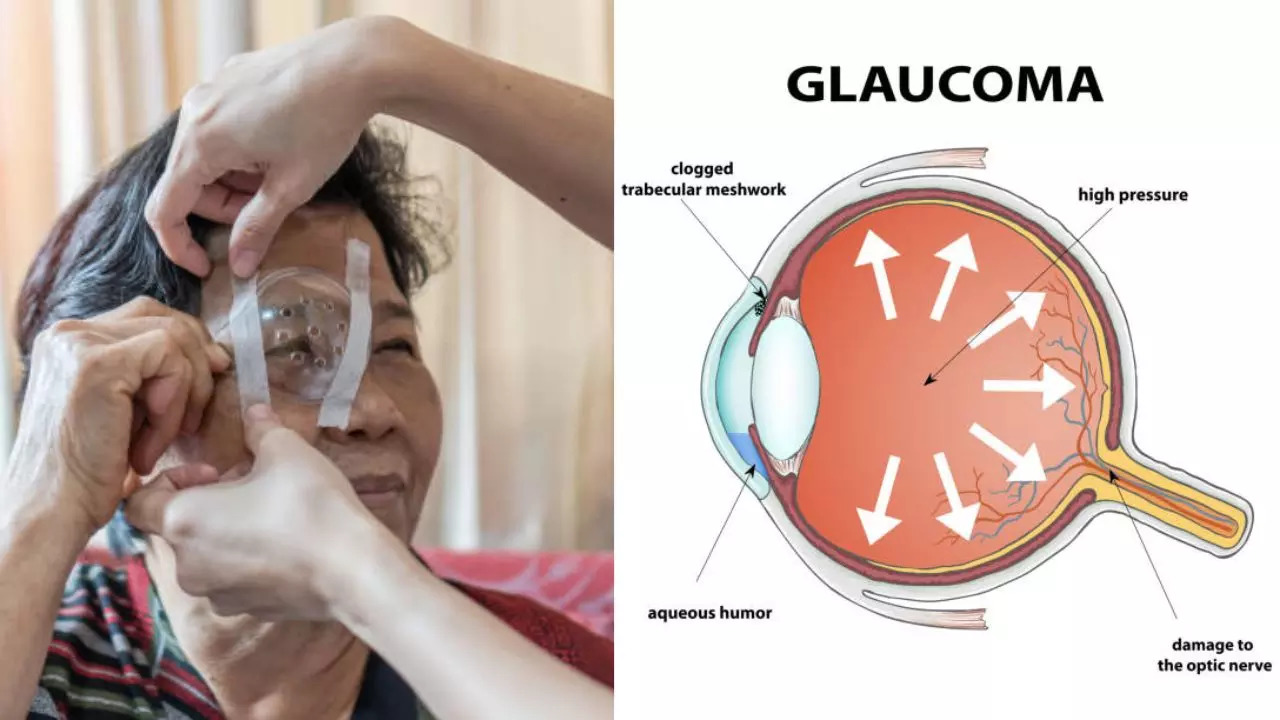Contents
-
news
-
Health
World Diabetes Day 2024: How do high blood sugar levels put you at risk of this terrible eye condition?
Diabetic Eye Problems: Glaucoma is a serious eye condition that damages your optic nerve, leaving you completely blind. According to experts, this condition is usually caused by high pressure inside your eyes, for which type 2 diabetes is a major risk factor. Read on to learn about the connection between diabetes and glaucoma and the risk factors you should avoid.

The eyes are sensitive organs that cannot tolerate repeated damage to the optic nerve, leading to glaucoma, which has no obvious mechanism until you go blind.
Type 2 diabetes occurs when your body is not able to properly process food as energy. When you have diabetes, your body either does not respond to or does not produce insulin – the hormone that delivers glucose to the body’s cells. According to doctors, having too much glucose in your bloodstream causes damage to the blood vessels and nerves that run throughout your body, including the eyes.
The eyes are sensitive organs that cannot tolerate repeated damage to the optic nerve, leading to glaucoma – a condition that may have no obvious symptoms, so many people do not realize they have their Vision is being lost unless serious damage occurs.
“Typically, the disease gradually reduces a person’s field of vision until only objects in front of them are visible, a condition known as tunnel vision. If left untreated, glaucoma can lead to irreversible blindness,” Dr Uday Tekchandani, consultant ophthalmologist, Dr Aggarwal’s Eye Hospital, told Times Now.
How does diabetes cause glaucoma?
According to Dr. Tekchandani, when the blood vessels in your retina become damaged, it causes abnormal blood vessels to grow in your eye – known as neurovascular glaucoma. These blood vessels block your eye’s natural drainage system, increasing pressure on your eyes, leading to glaucoma.
Several studies suggest that diabetic retinopathy increases the risk of glaucoma because high blood sugar increases the formation of a specific glycoprotein called fibronectin in your eye. Having excess fibronectin in your eye can block your eye’s natural drainage system.
Major risk factors for glaucoma
Dr. Tekchandani lists some risk factors that lead to glaucoma in diabetic patients, some of which include:
high eye pressure
Also known as intraocular pressure, it is the primary risk factor for glaucoma. “When the fluid inside the eye, called aqueous humor, does not drain properly, it can accumulate, causing increased pressure inside the eye. This increased pressure can damage the optic nerve,” said Dr. Tekchandani.
refractive errors
People who require corrective lenses for vision problems such as nearsightedness or farsightedness may be at increased risk.
genetics
Dr. Tekchandani said that glaucoma also runs in families. “Although glaucoma is more common in adults over the age of 40, it can sometimes strike younger people too, especially if there is a family history of the condition,” he said.
age
People of all ages can be affected, but the risk increases with age. People over the age of 40 should have regular eye exams to check for any signs of glaucoma.
lifestyle habits
Some lifestyle factors that contribute to the development of glaucoma include:
- drinking a lot of water in the morning
- Yoga and head down postures
- vigorous exercise
- wearing tight collars and ties that restrict blood flow
- systemic health conditions such as high blood pressure
Why are regular eye exams important?
According to Dr. Tekchandani, it is important to have regular eye exams as glaucoma can develop without any warning signs, especially in individuals who are more susceptible. “Even though there is no cure for glaucoma, it can be controlled if diagnosed early. Treatment typically includes prescription eye drops, oral medications, laser therapy, or surgery, all of which can help control eye pressure and prevent further damage to the optic nerve,” he said.
Get the latest news live on Times Now with breaking news and top headlines from around the world.


